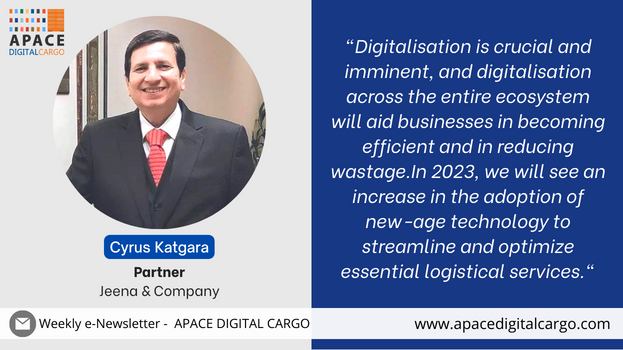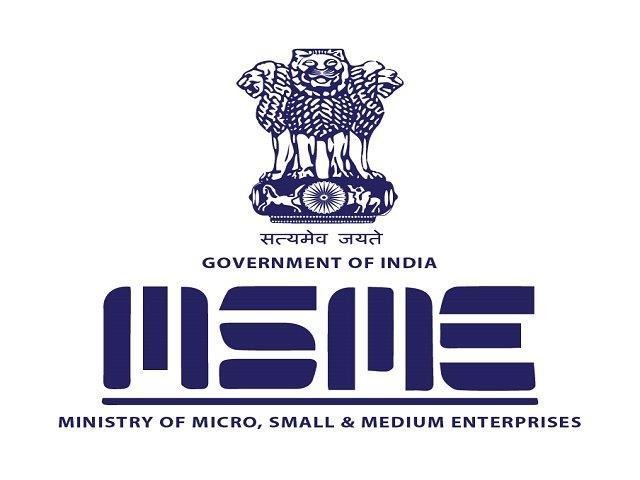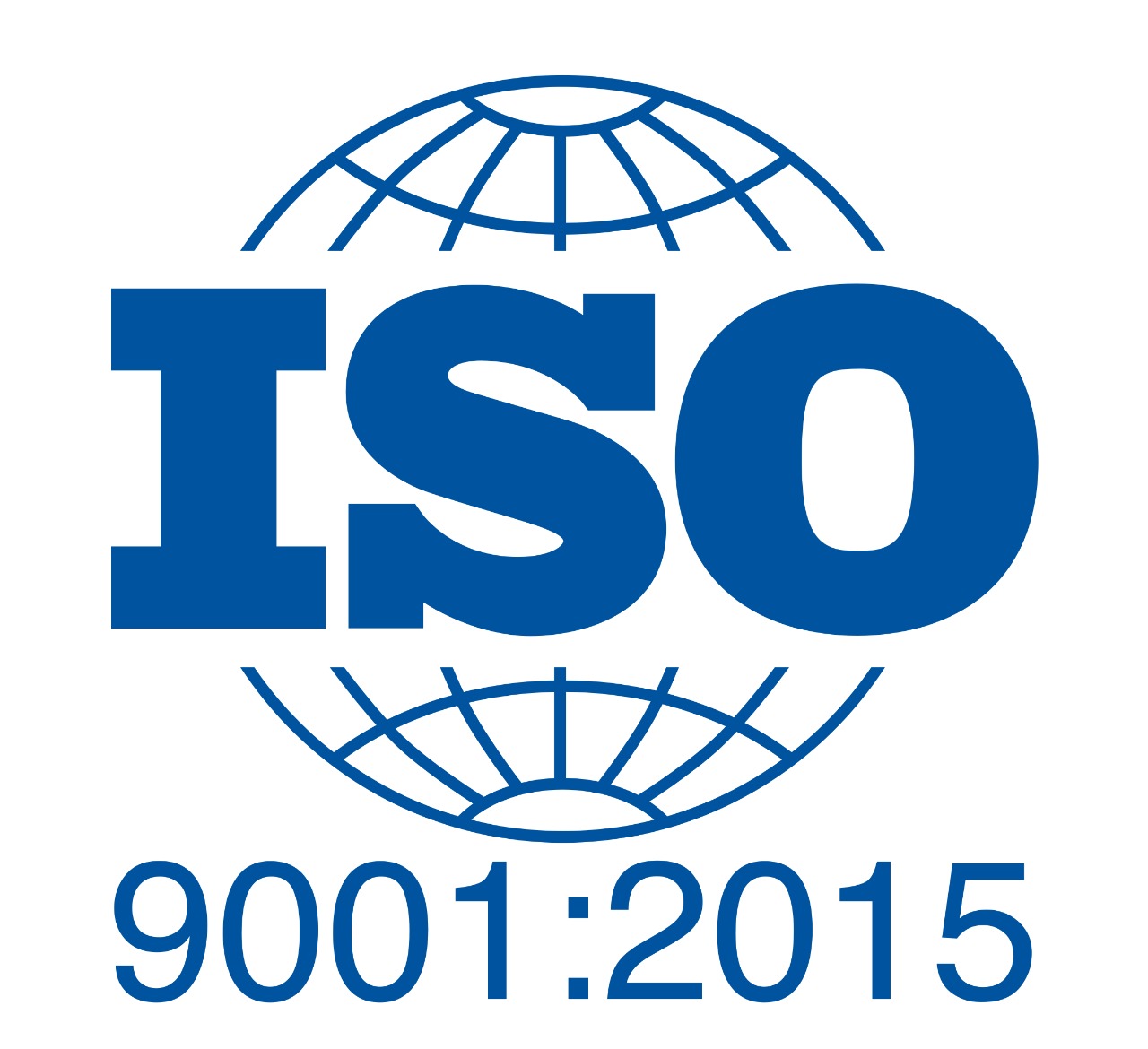
Continuing our #LogisticsTrends2023 series, we have insights from Cyrus Katgara, Partner, Jeena & Company, who believes 2023 will see an increase in unified services, scale-driven efficiency and higher investments in technology. Following are the excerpts:
What was the greatest trend in the logistics industry in 2022 according to you?
Customer data demand and real-time visibility are one of the greatest trends observed in 2022. Customers and trading partners increasingly expect regular updates on the order location and delivery time frames. In the extremely volatile sector of supply chain management, the demand for unfettered insight into processes and absolute control over operations has prompted organisations to add real-time monitoring into their key activities. It has not only made businesses capable of identifying and anticipating issues and resolving them quicker but also allowed them to detect disturbances in efficiency or performance at the right time. It has enabled planning effective methods ahead of time to ensure success in the face of adversity.
According to you, what are the milestones achieved for the industry in 2022?
The introduction of the National Logistics policy (NLP) is definitely a key milestone for the industry. The country is understanding how critical it is for India to have a robust logistics industry and how investing in it will have a significant effect on the economy, people, lifestyle, and many other aspects. NLP prioritises expanding exports and imports, in addition to establishing a modern logistics infrastructure. The initiative also aims to strengthen India’s port management, warehousing systems and transportation. Along with making logistics providers stronger, more cost-effective, and more sustainable, it will also offer them the opportunity to compete in the global market and deliver superior facilities to their customers.
With the digital transformation in the logistics industry, technology has reshaped the industry by increasing productivity in the supply chain and reducing costs and errors. What is your opinion and how will it take shape in 2023?
Digitalisation is crucial and imminent, and digitalisation across the entire ecosystem will aid businesses in becoming efficient and in reducing wastage. In 2023, we will see an increase in the adoption of new-age technology to streamline and optimize essential logistical services. We will observe trends like the uptake of Artificial intelligence and machine learning to automate decision-making and customer service, in addition to improving inventory movement. In order to facilitate data-driven supply chain management initiatives, digital supply chain with IoT will also get progressively implemented into logistics services.
How do you see the government intervention in the sector? What are the expectations?
Like any other sector, the logistics industry has its challenges and areas of concern and with government intervention and assistance the industry can overcome them. Fortunately, the government is taking steps and has been involved actively in improving aspects such as the imbalanced mix of transportation modes, overcrowded transportation networks and insufficient handling and storage facilities. NLP is intimately linked to Gati Shakti, which combines information and cooperation from 16 infrastructure ministries, allowing for speedier decision-making. It also aims to construct a multi-modal interconnected network to facilitate the flow of services and products across the country. Facilitation of communication and collaboration between jurisdictions and other regional authorities will help implement comprehensive risk-reduction measures. The industry looks forward to the successful implementation of these strategic steps undertaken by the government.
Will sustainability be the trend for the industry?
As technology advances, new tools for sustainable logistics and supply chain management are becoming accessible. Businesses have begun to see how implementing greener strategies may assist in lowering operational costs by enhancing efficiency and reducing waste. The government is also promoting the implementation of sustainable practices in the industry. Through NLP it aims to reduce the carbon footprint of the supply chain by using more energy-efficient methods of transportation and greener fuels while also boosting the use of multimodal transportation and supporting it by constructing multimodal logistics parks. With so many initiatives and great possibilities, sustainability will undoubtedly become a trend in the coming years.
What is the Outlook 2023 for the logistics industry?
The upcoming year is full of opportunities and is poised to be exciting for the logistics industry. In recent years, the industry has seen remarkable expansion and will continue to witness robust growth in the coming year. 2023 will see an increase in unified services, scale-driven efficiency and higher investments in technology. To deliver smart and creative logistics solutions to their consumers, the utilisation of technology such as artificial intelligence, cloud, automation, blockchain, and IOT will be seen. With concentrated steps taken by the industry and the government, the implementation of the National Logistics policy will offer a new direction to the establishment of modern infrastructure in addition to reducing time and cost overruns. To sum up, the year ahead looks very promising for the sector.




